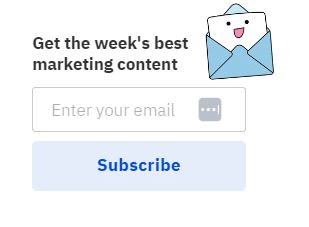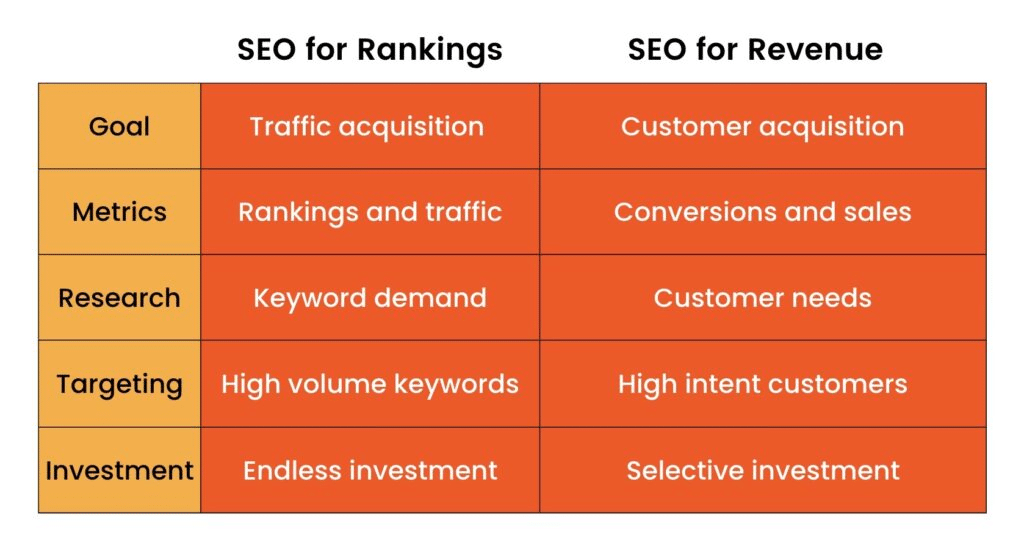While the most valuable customers for websites are usually the ones who are at the bottom of the funnel and are ready to immediately convert, it is important to make the most out of every visitor. Not every visitor is ready to make an immediate purchase when they land on your website. Below, we outline tips for converting website visitors into customers through non-purchase CTAs, nurture campaigns, and more.
The Importance of Non-Purchase CTAs
A study by Episerver shows that 92% of consumers visiting a brand’s website for the first time are not ready to make a purchase. Instead, the study found that most consumers are searching for different products or services, comparing prices and other variables, or looking for store details. With such a large number of consumers visiting websites without the intent of making a purchase during their first visit, it is important to accommodate these users when creating a conversion strategy.
One of the best ways to convert these website visitors into customers is through non-purchase Calls-To-Action (CTA). When you are optimizing your site with both purchase and non-purchase CTAs, you are casting a wider net to obtain purchasing customers, instead of only catering to 8% of users.
Tailoring CTAs to the Buyer’s Journey
As mentioned above, it is important to cater to customers that are both ready and not ready to make purchases through CTAs. However, it’s important to note that non-purchase CTAs may not be presented in the same way on every page. For example, you wouldn’t add a Newsletter Sign-Up CTA to the top of a product page because that may discourage users from making a purchase. Generally, SEO users landing on Shop pages have higher purchase intent since those pages tend to rank for conversion focused keywords.
Analyzing the search intent behind search queries gives us a good idea of where that searcher is in their journey. This analysis allows you to tailor your website’s content and CTAs to each stage of the buyer’s journey – whether your visitor is in the awareness, discovery, consideration, or action stages. This approach can greatly increase your success rate of converting site visitors into valuable customers.
For instance, take these sample CTAs for a craft brewery website:

Each of these offers is designed to appeal to the target customer at a specific stage of the buyer journey and guide them to the next stage, ultimately resulting in a purchase or repurchase.
How to Understand Your Customers’ Search Intent
In SEO, search intent widely varies on a page-by-page basis. Since every page ranks for a different group of keywords, it’s no wonder that this leads to different search intents. You can identify each page’s search intent by:
1. Analyzing the intent of the type of keywords the page ranks for
Oftentimes product pages rank for longtail, descriptive keywords, such as “long yellow raincoat with hood”. These keywords have much higher intent since the users searching these terms know exactly what they are looking for. In comparison, a user searching “raincoat” may still have purchase intent, but it’s much lower and they may need to do more research before feeling empowered to make a purchase.
2. Analyzing the search results of the keywords the page ranks for
To identify what the intent of users searching for a specific keyword is, simply look at the search results page of that keyword. While it may sound simple, the purpose of Google’s algorithm is to understand what users are looking for when searching a specific term and rank the pages most relevant. So, if you search for a keyword your collection page is ranking for and all of the search results are informational articles, chances are you are not satisfying your organic users’ intent. This discovery may lead you to add more informational copy to your collection page and include non-purchase CTAs, or it may lead you replacing your existing page with a new informational page targeting that keyword.
Examples of Non-Purchase CTAs
Once you have analyzed the search intent of the users landing on your pages, you can better prioritize the pages that need non-purchase CTAs. Then, the next step is to identify which non-purchase CTAs best fit each page.
5 Examples of Non-Purchase CTAs To Consider
1) Related content or product reels
A great way to get users to stay on your website is by providing a related content or product reel at the bottom of the page. This will encourage users to learn more about your products or services.

2) Newsletter sign up
Newsletter sign ups give users the opportunity to receive more information about your brand while adding to your marketing outreach list.

3) Free downloadables
Including free, informational downloads on blog and resource pages is a great way to provide users with the information they need to make a purchase decision. For example, users landing on a page titled “How To Shop Ethically In 2023” would be highly likely to download a “10 Ways To Check If A Brand Is Ethical” checklist. Make sure to ask for a user’s name and email in order for them to access the download and add the contact information to your outreach list.
4) Comparison pages
Since many users comparison shop, a great idea is to create comparison pages so users can evaluate the price and features of your products versus competitors. Then, link to these comparison pages through CTAs such as “Compare our [product name]’s with others on the market”.
5) Free trials or testers
If your company offers a free trial or tester, make sure this is showcased through a CTA using phrases like “Want to see for yourself? Join free for 1 month” or “Try one month free, on us”.

Shifting Your SEO Metrics
Above all, the primary focus of your SEO content should not be rankings but conversions. The content must be aligned with your positioning/messaging, and every call-to-action needs to be optimized based on conversion data. Without a shift in focus, the consequences could be quite severe: you may not get the ROI you want on your campaigns, or acquire the right customers. To learn more about optimizing your SEO content for revenue, check out our SEO for Revenue resource guide.

Embrace non-purchase CTAs and a conversion-focused SEO strategy to truly unlock the potential of your organic visitors. By nurturing these visitors and meeting them where they are in their buying journey, you’re not just ranking – you’re generating valuable conversions.

